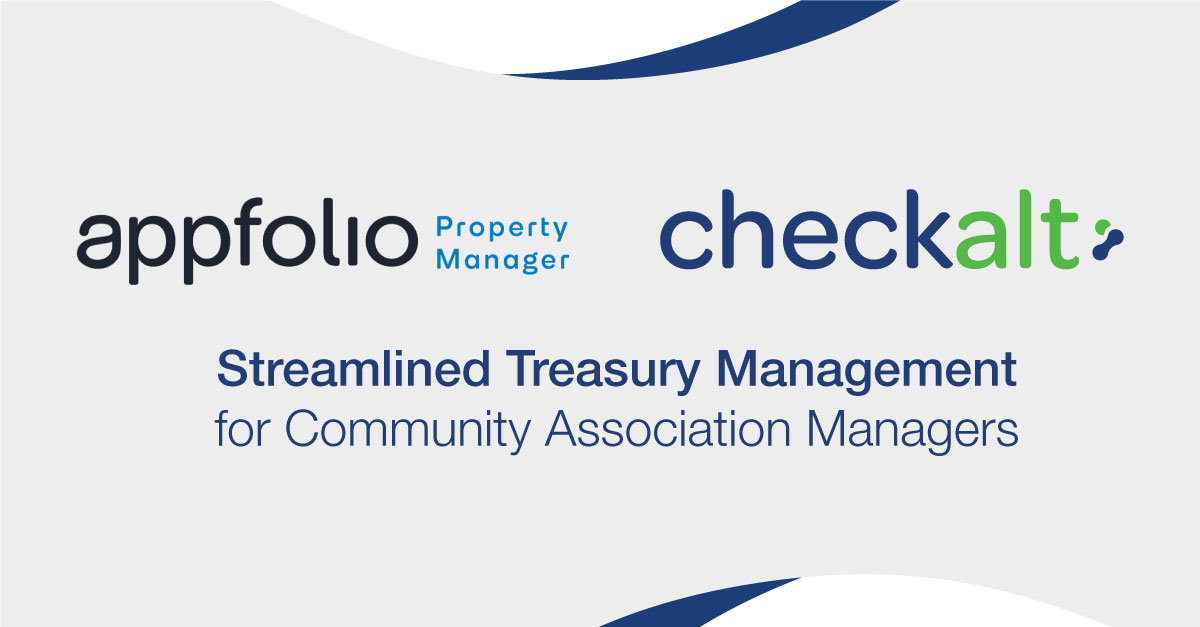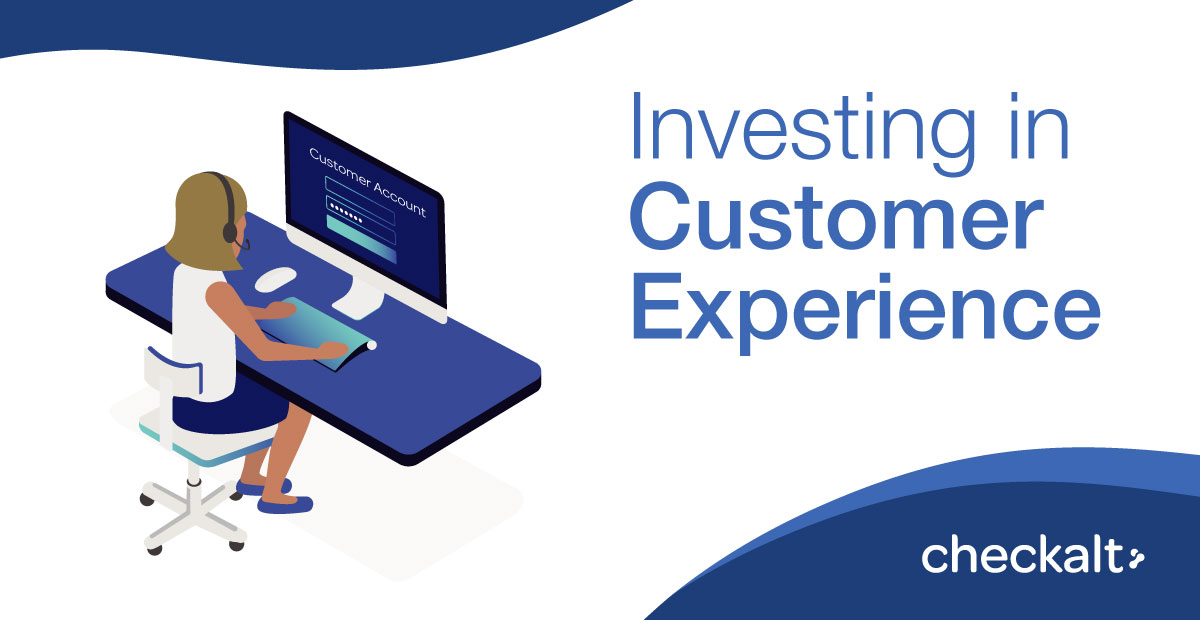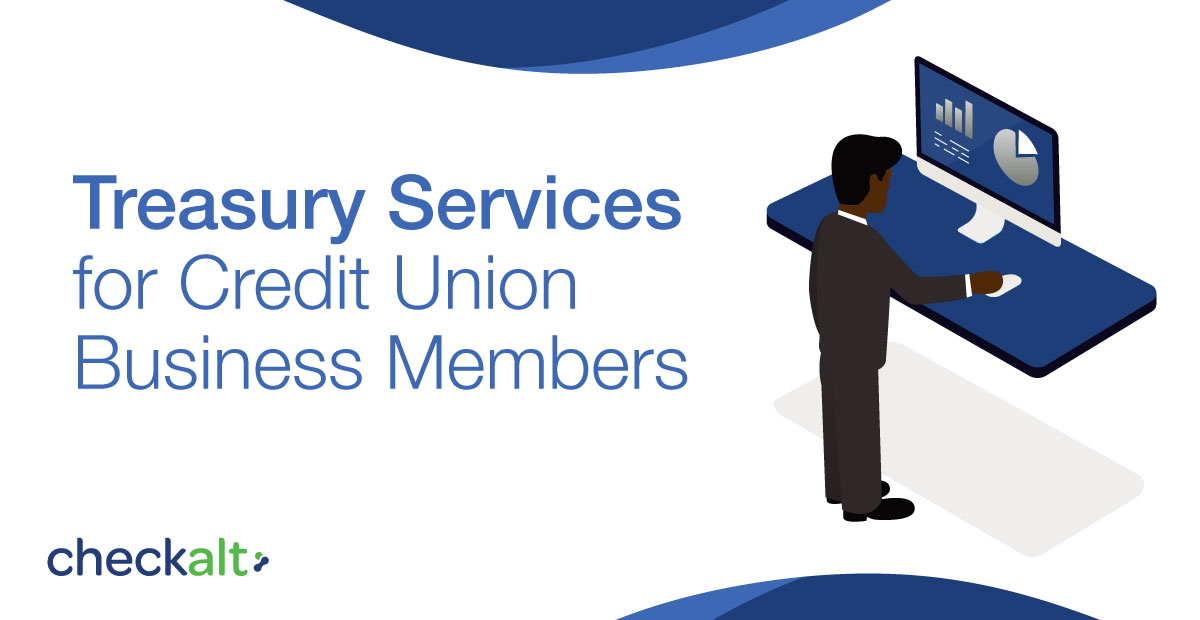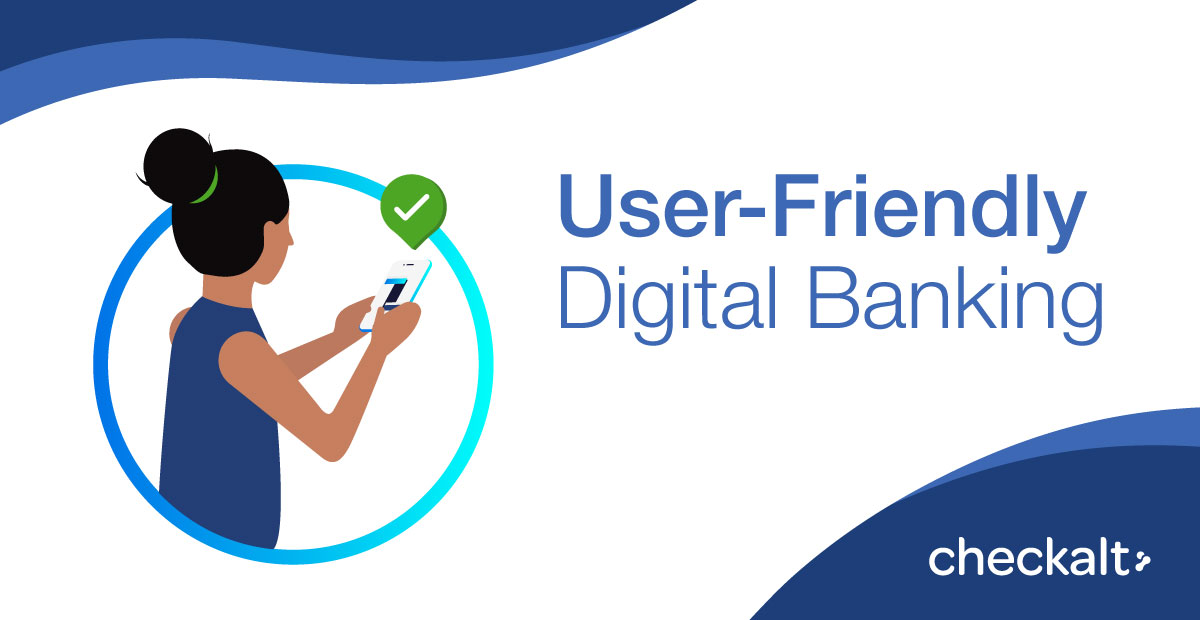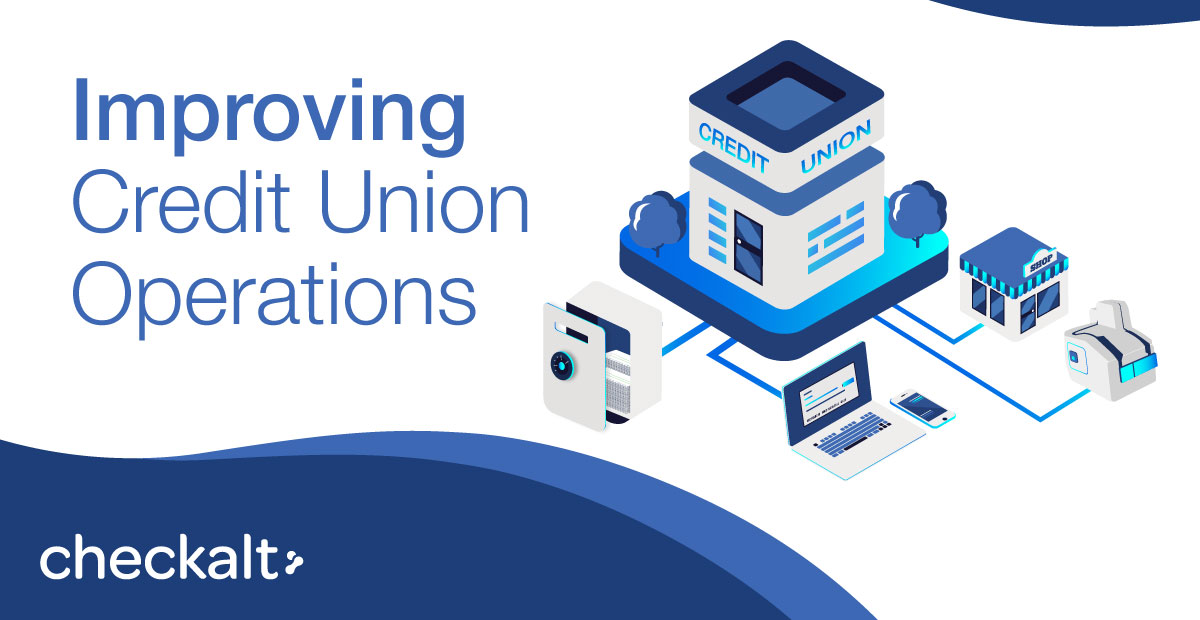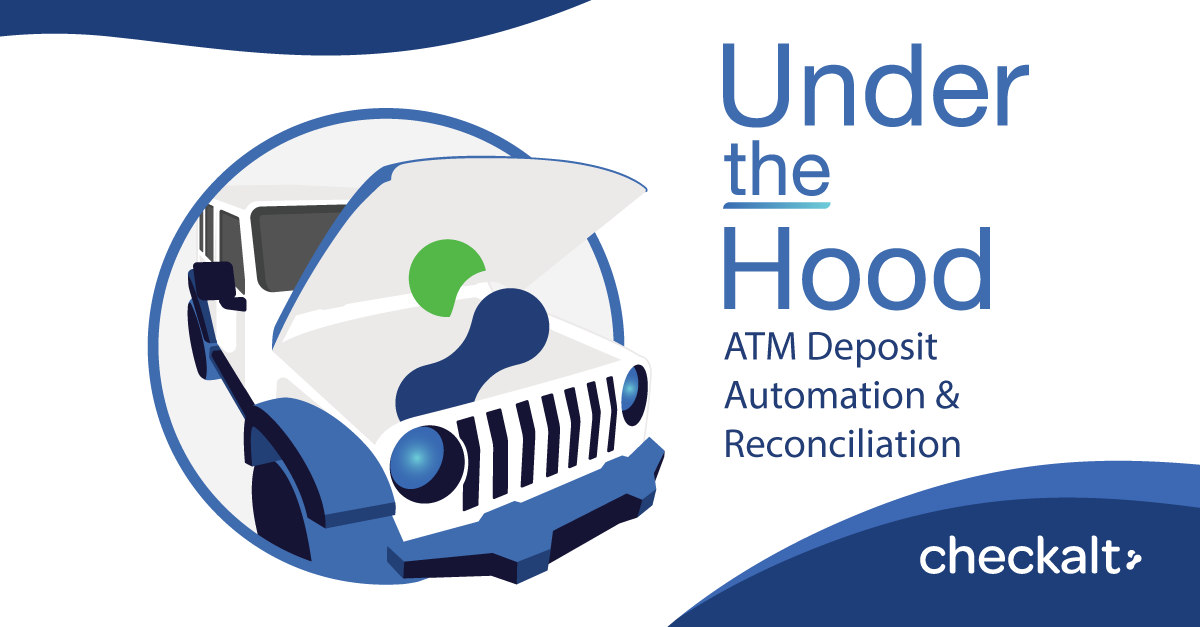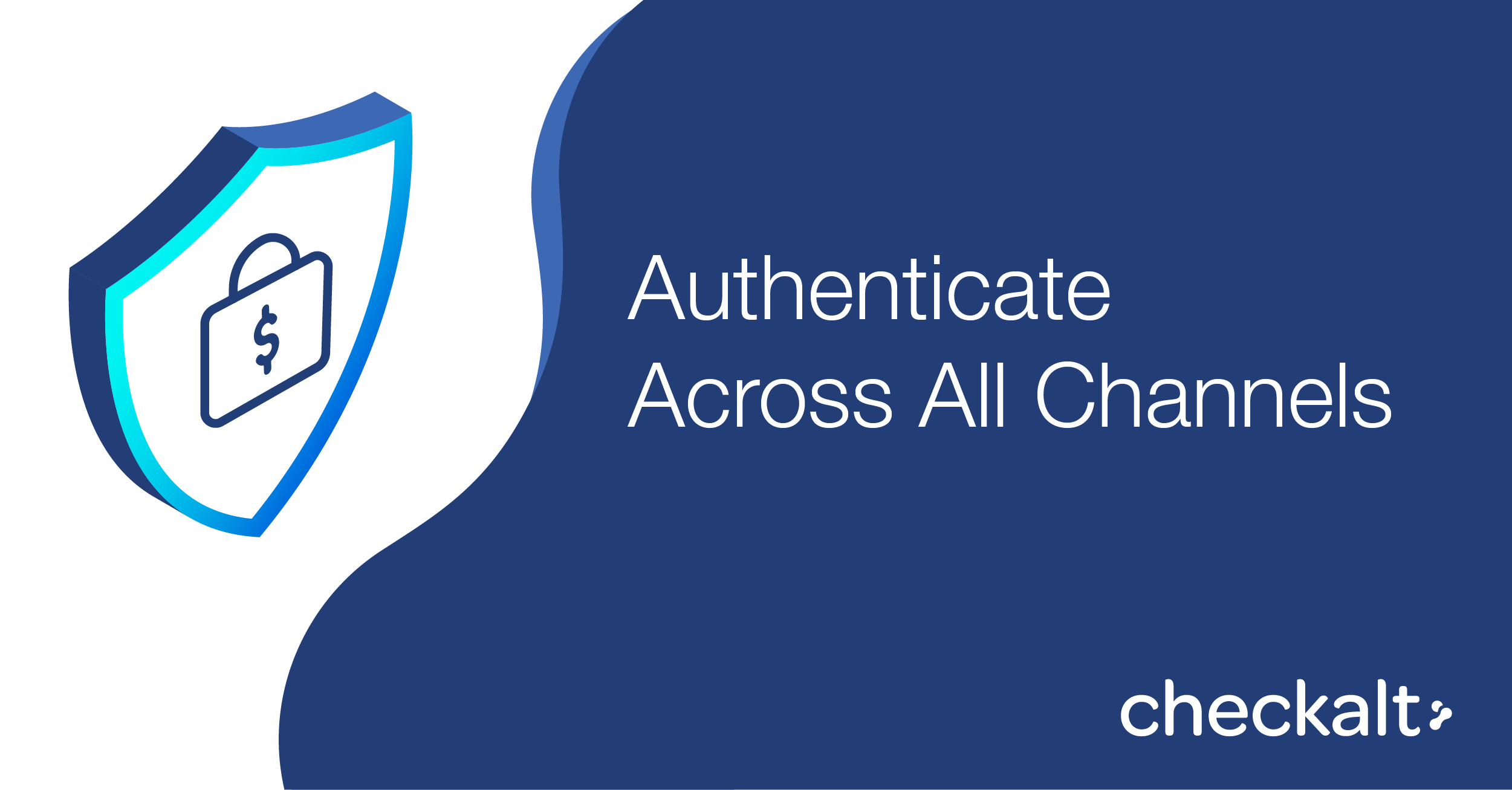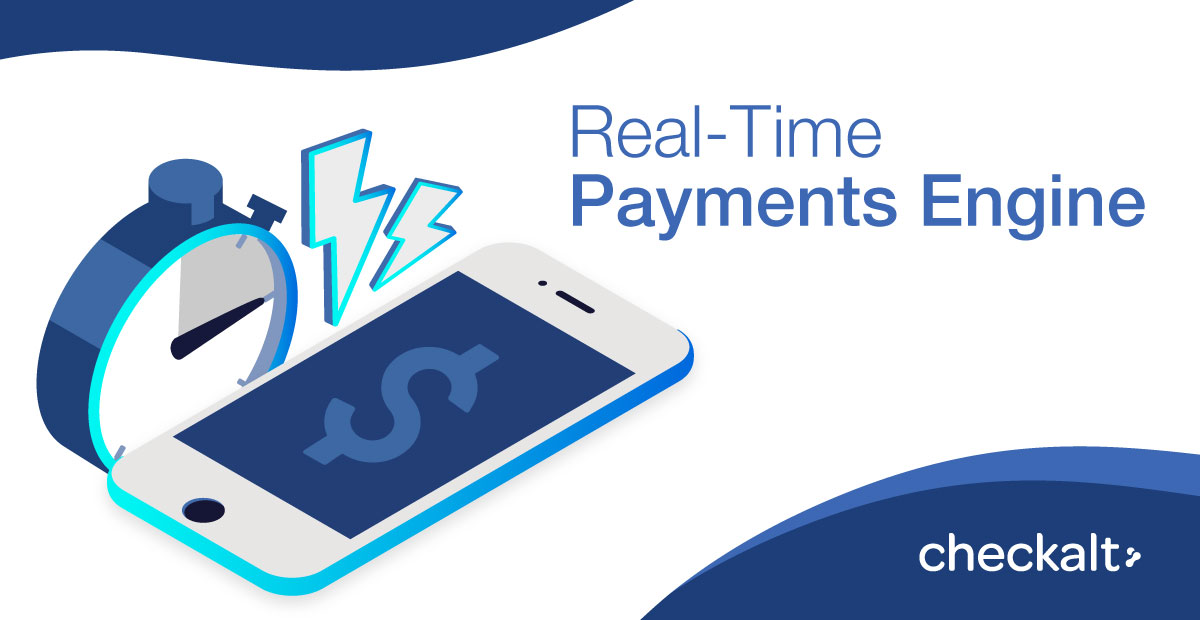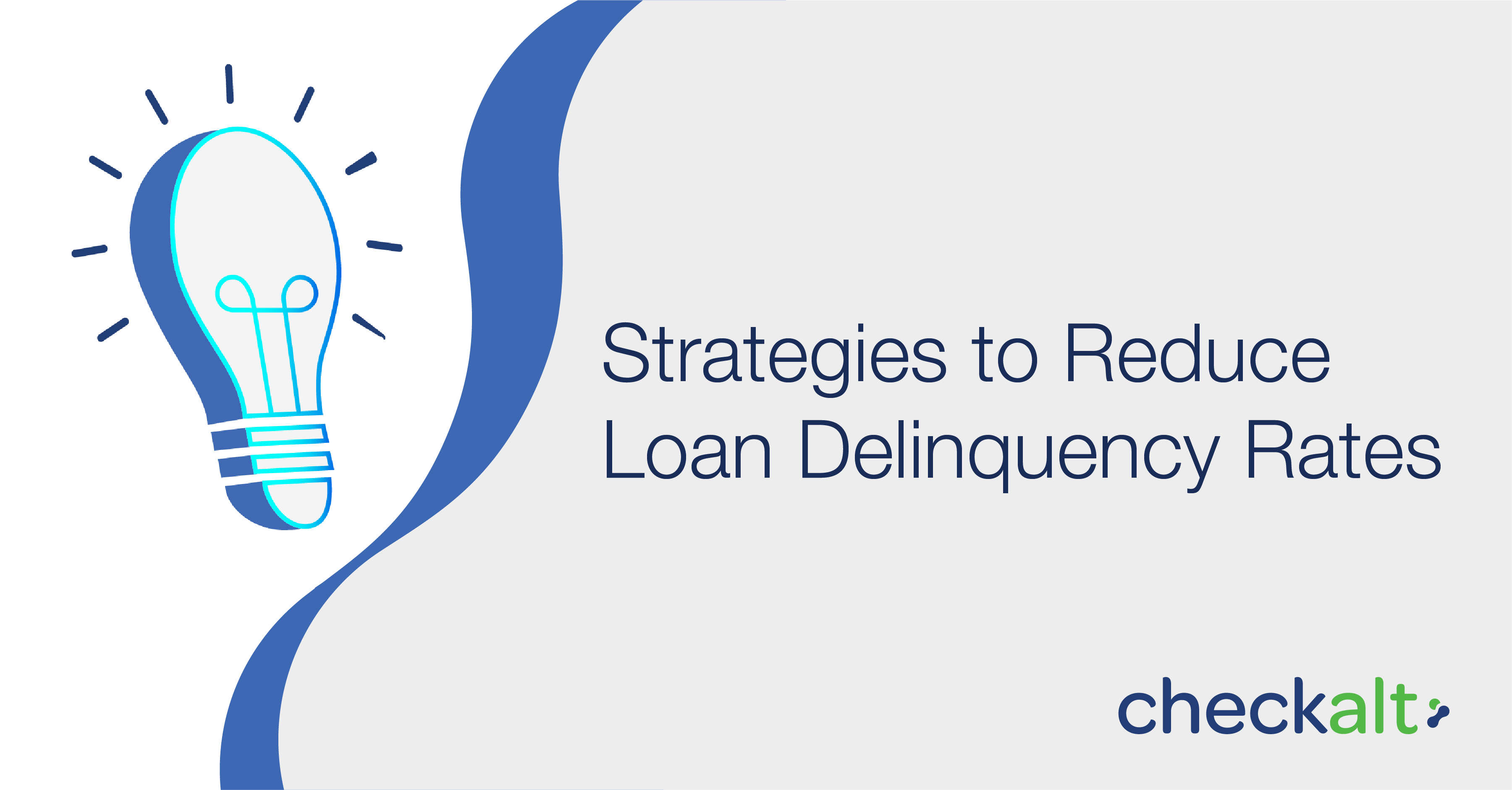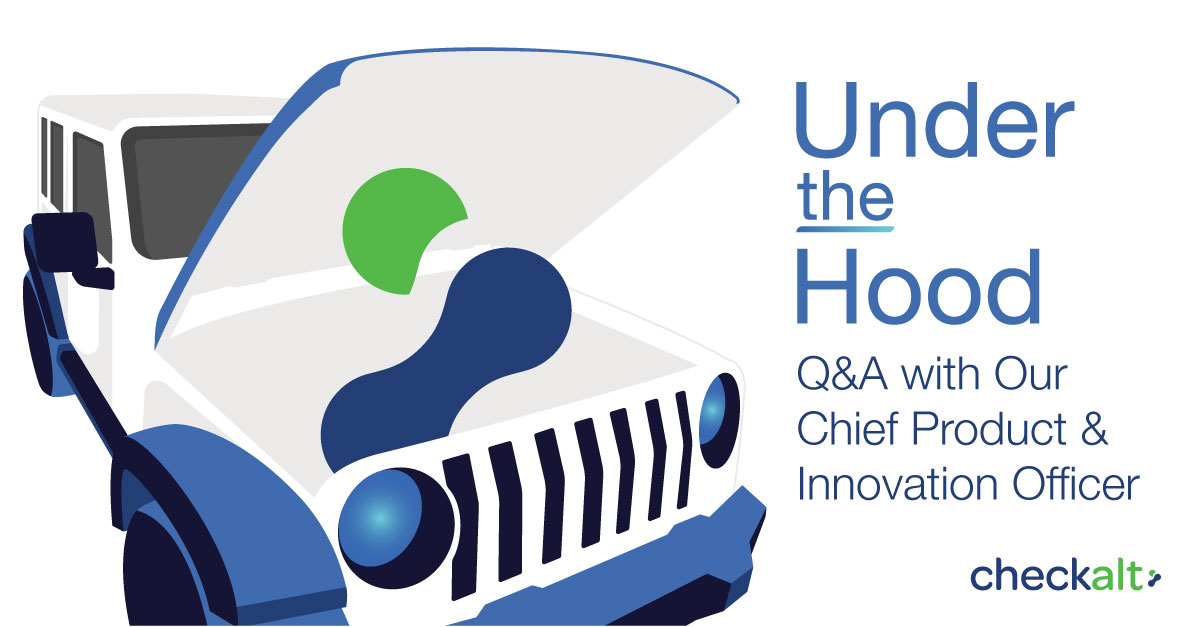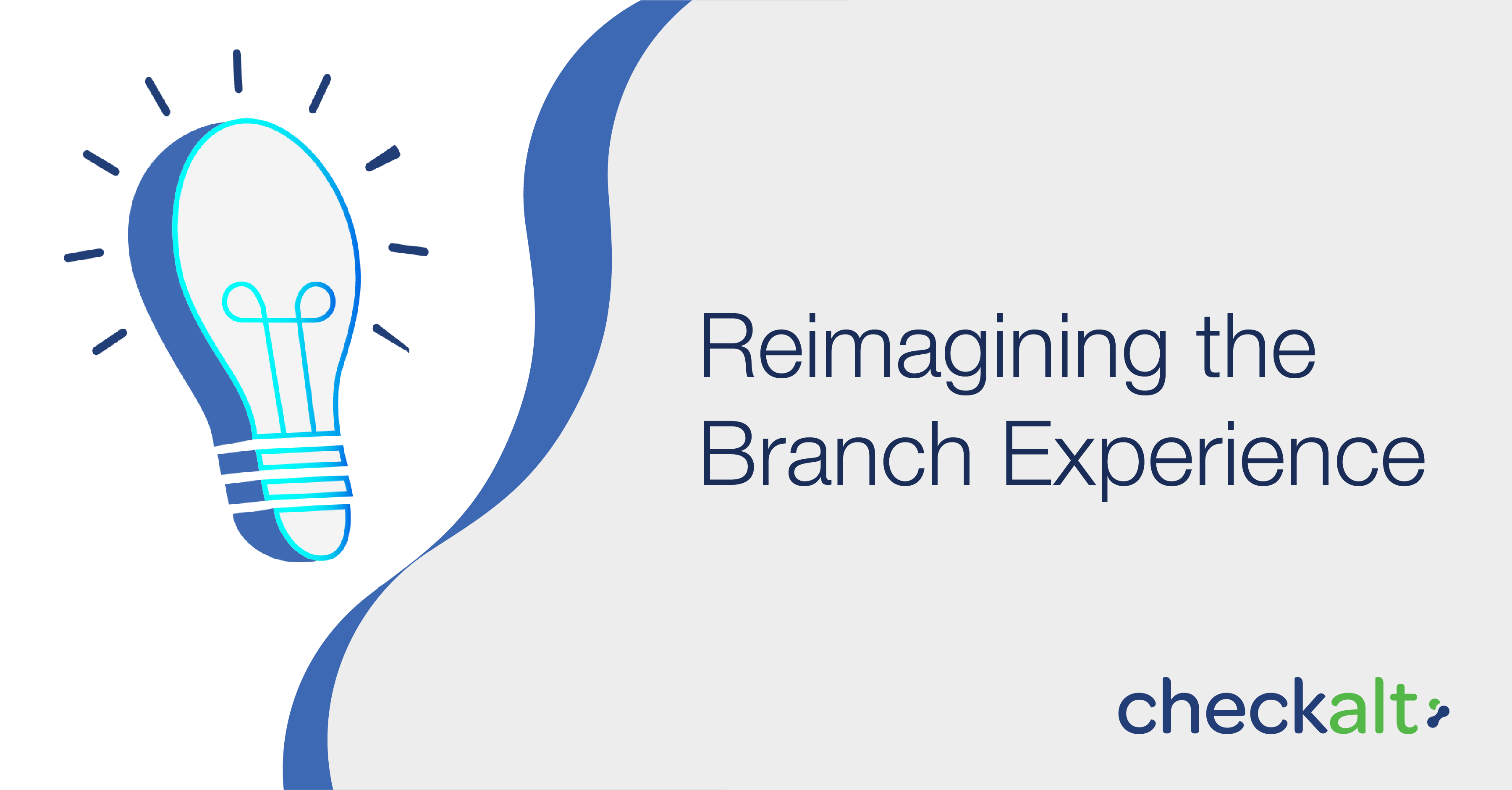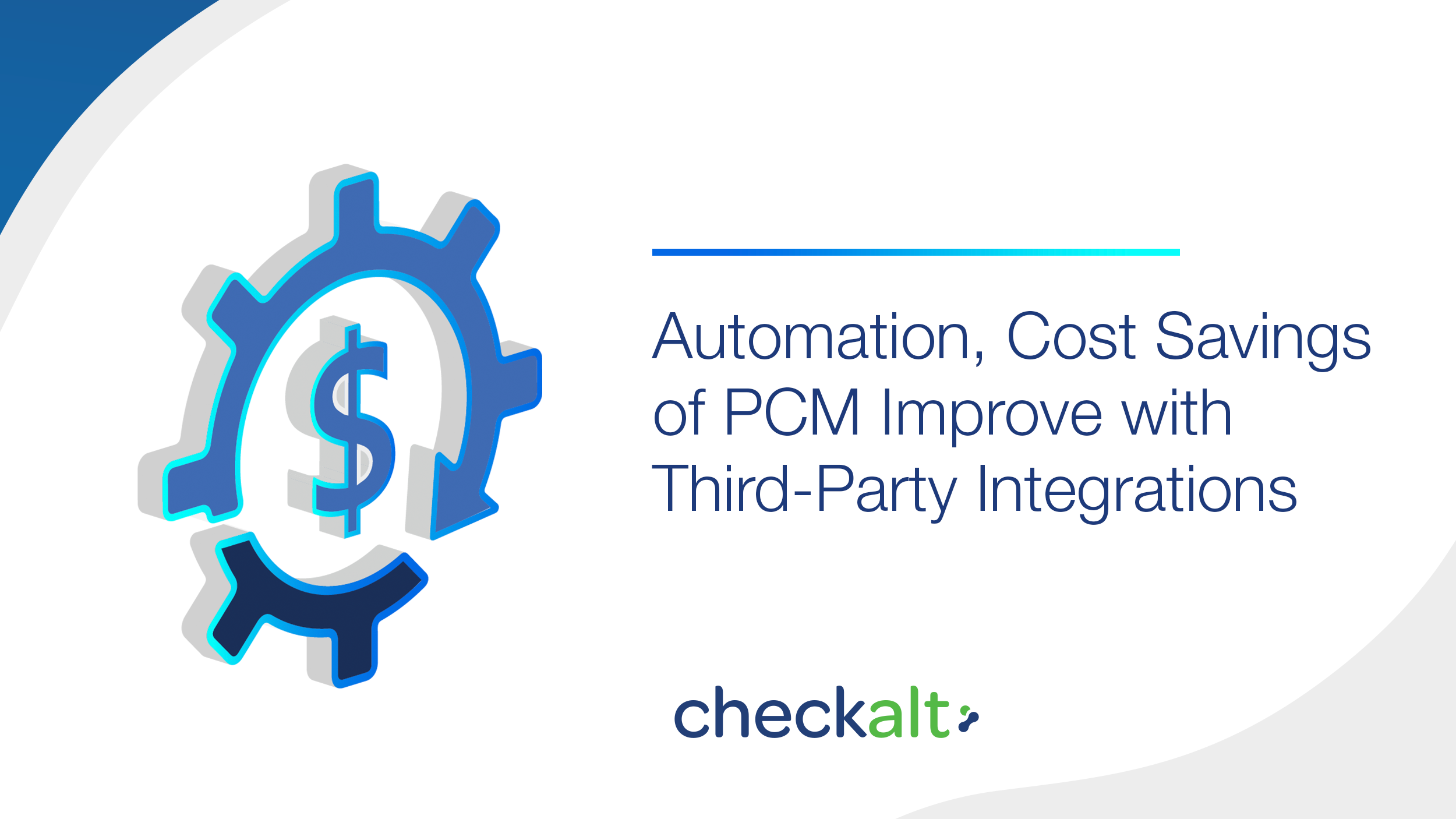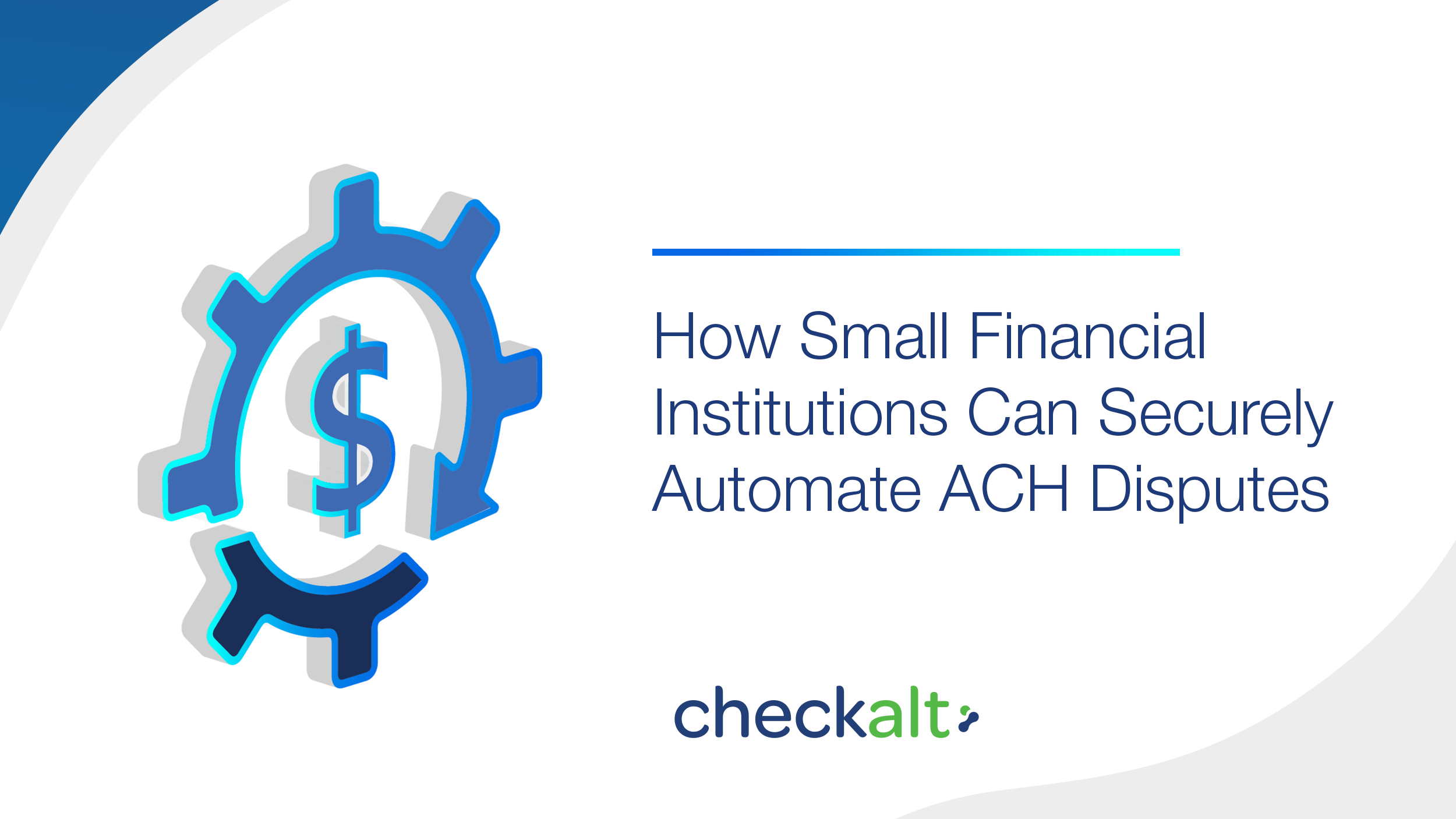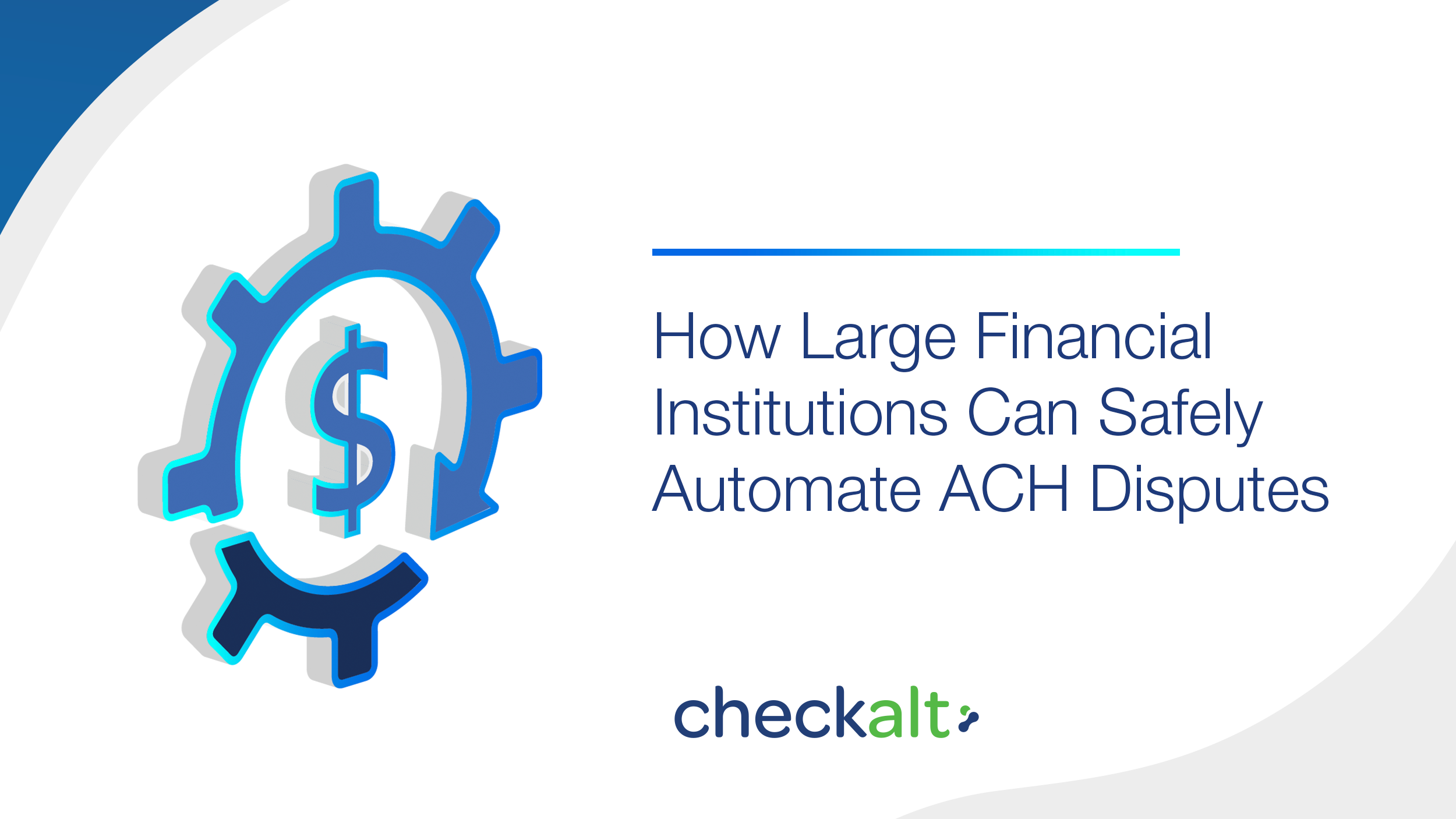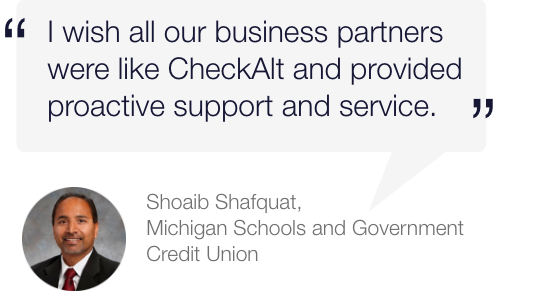It is always in a credit union and a member’s best interest to reduce loan delinquencies. This has become especially important during the pandemic due to the high unemployment rates of the last 12 months. Presently, there is an interesting trend in delinquencies. What are financial institutions doing to keep their delinquency rates low? And, is it working?
Spanish philosopher George Santayana is credited with the aphorism, “Those who cannot remember the past are condemned to repeat it.” As we navigate our current economic challenges, looking back at our most recent economic downturn, the Great Recession in the late 2000s, might provide some helpful lessons.
In early 2009, I attended an economic forum with guest speakers from the banking, real estate, stock brokerage, and economic industries. I was actively looking into investing in real estate. The stock market was in a free fall, interest rates were anemic, and the real estate market bubble had burst. In a stroke of impeccable timing, my partners and I had just sold our company. We had money and weren’t sure where to put it.
At that time, there were many real estate properties in foreclosure, but the banks didn’t seem very interested in selling them. We would make offers at the reduced market value and nothing happened. My favorite part of the forum is when the banking executive told me why. Banks had such an excess of properties in foreclosure on their books, that to sell them at their market value (about 40% less), and write-off the losses, would render the financial institutions insolvent. So they were playing a waiting game by taking offers, not accepting them and waiting until the housing market recovered. Their risk was juggling a huge portfolio of homes that were in foreclosure, not to mention other loan delinquencies. They foreclosed and sat on their loans and took a big hit on the loss of revenue. In addition, many of the foreclosed assets fell into disrepair.
Today, the latest unemployment rate from the Bureau of Labor Statistics shows both the unemployment rate at 6.2 percent, and the number of unemployed persons at 10 million. Although it is much lower than their April 2020 highs, they remain well above their pre-pandemic levels in February 2020 (3.5 percent and 5.7 million, respectively).
However, loan delinquencies are down—even with the high unemployment rate and the strong historical association between the unemployment rate and loan defaults.
A recent article in Fortune Magazine, based on a study by business schools of Columbia University, Northwestern University, Stanford University, and the University of Southern California, found that in the Great Recession, mortgage delinquencies jumped from 2% to 8%. But in the pandemic’s first seven months they fell from 3% to 1.8%. “This is especially striking,” the researchers note, “given an unprecedented increase in the unemployment rate that reached almost 15% in the second quarter of 2020." And, they found that the explanation went beyond just stimulus checks.
Here are six strategies financial institutions, including credit unions, are now deploying with positive outcomes that you can consider as well:
1. Utilize forbearance. Instead of cracking down on delinquent borrowers, offer forbearance. That way, borrowers can delay loan payments without you declaring the borrower delinquent. It also improves your borrower relations by not diminishing the borrower’s credit rating. You will still take a hit on revenue, but only temporarily, and you don’t have to worry about a portfolio of foreclosed assets to liquidate.


